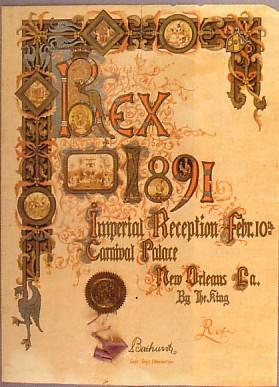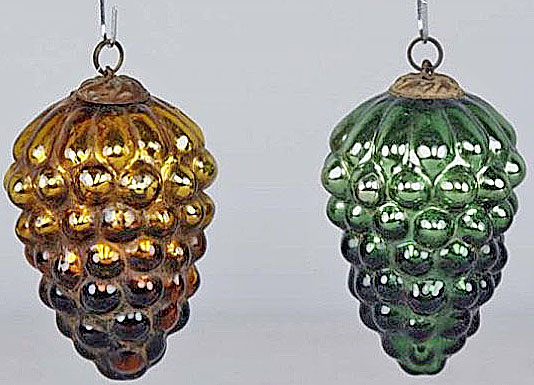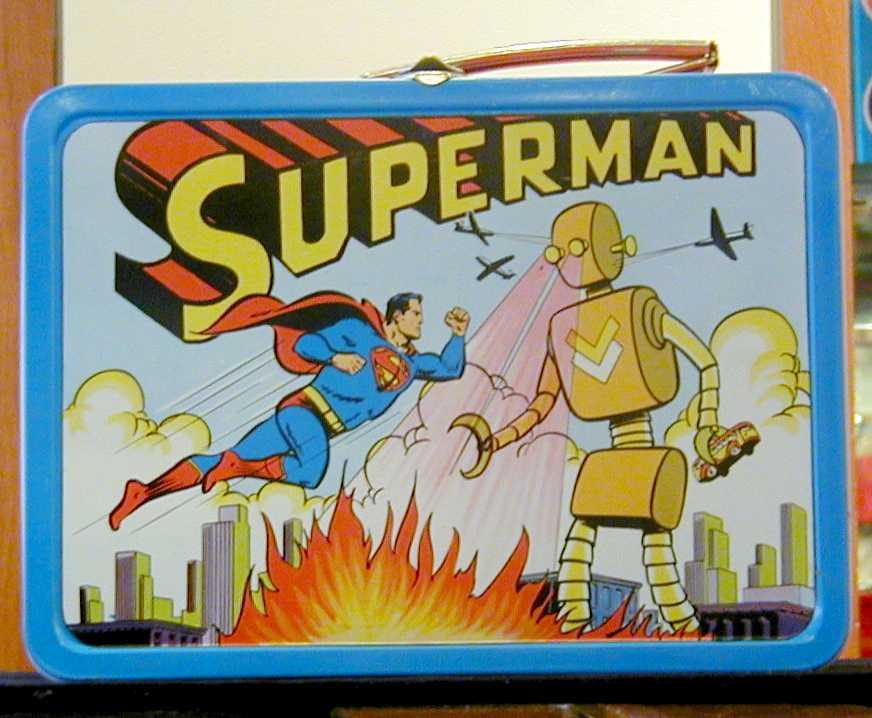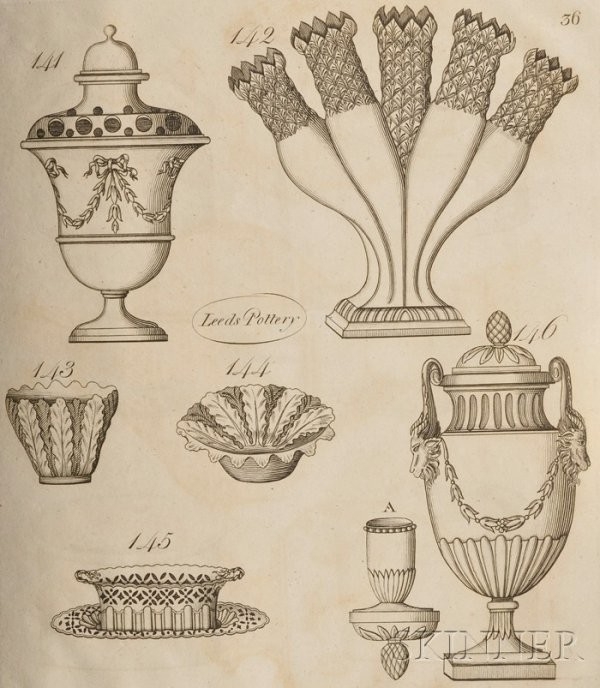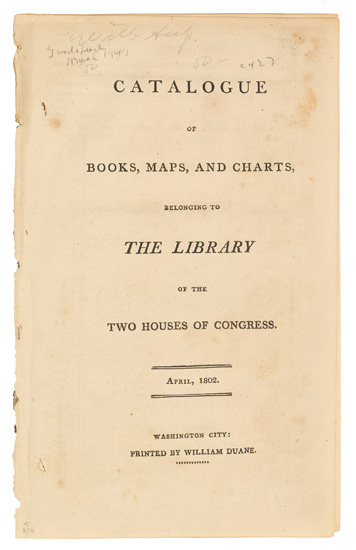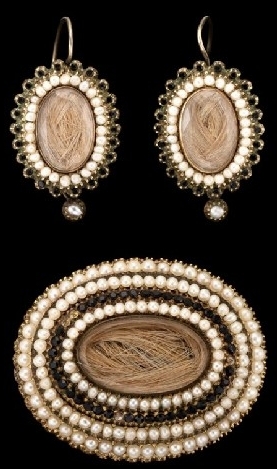It’s not hard to imagine escaping to the French Quarter, especially with Ohio’s frenetic winter weather constantly vacillating from sleet to snow to freezing rain and back again. A warmer climate, some beignets, and all the sights and sounds of Mardi Gras seem awfully appealing! But I have to content myself with escaping via the database to a Mardi Gras of years past.
Mardi Gras (Fat Tuesday) and the Carnival that accompanies it are celebrated around the world, but no other festivities rival those held in New Orleans. The full spectrum of Mardi Gras – parades, masquerade balls, parties – has been taking place in New Orleans since the early 1700s, and the memorabilia from these celebrations is very collectible today. Of course, you can find beautiful masks, but most of the material centers around the krewes and their activities. A Mardi Gras krewe is a sort of social fraternity (although they sometimes do charitable works as well) with dues-paying members. Krewes hold the various balls and parades associated with the festivities, and memorabilia from some of the oldest krewes is especially desirable. Krewe favors, like this silk scarf or a number of jeweled pins, are lovely, but I’m fond of the gorgeous ephemera, like this proclamation for a Mardi Gras king, or the beautiful invitation (pictured above) to a ball that’s reminiscent of illuminated manuscripts. These objects make it clear that the good times have been rolling in New Orleans for a long, long time!
-Hollie Davis, Senior Editor, p4A.com
To search the Prices4Antiques antiques reference database for valuation information on hundreds of thousands of antiques and fine art visit our homepage www.prices4antiques.com.

